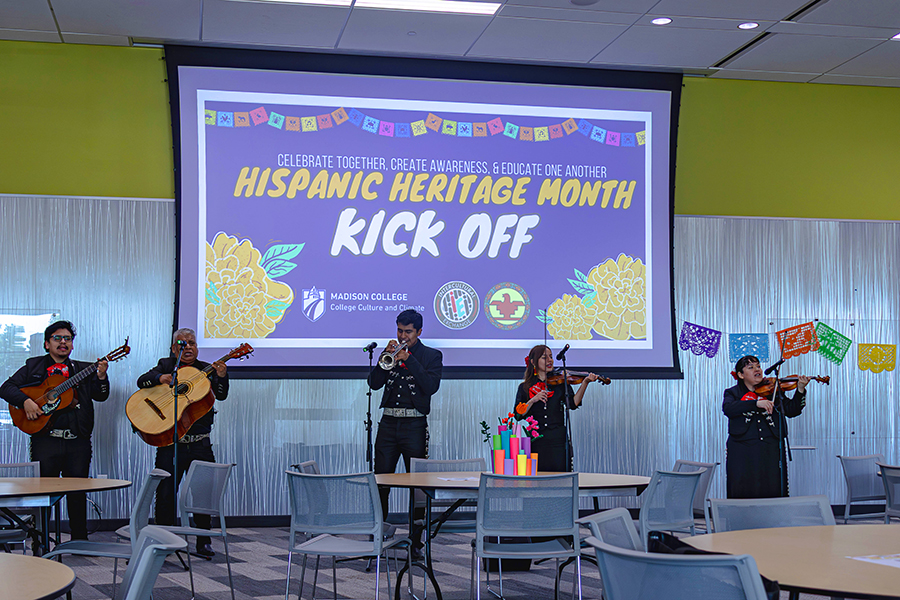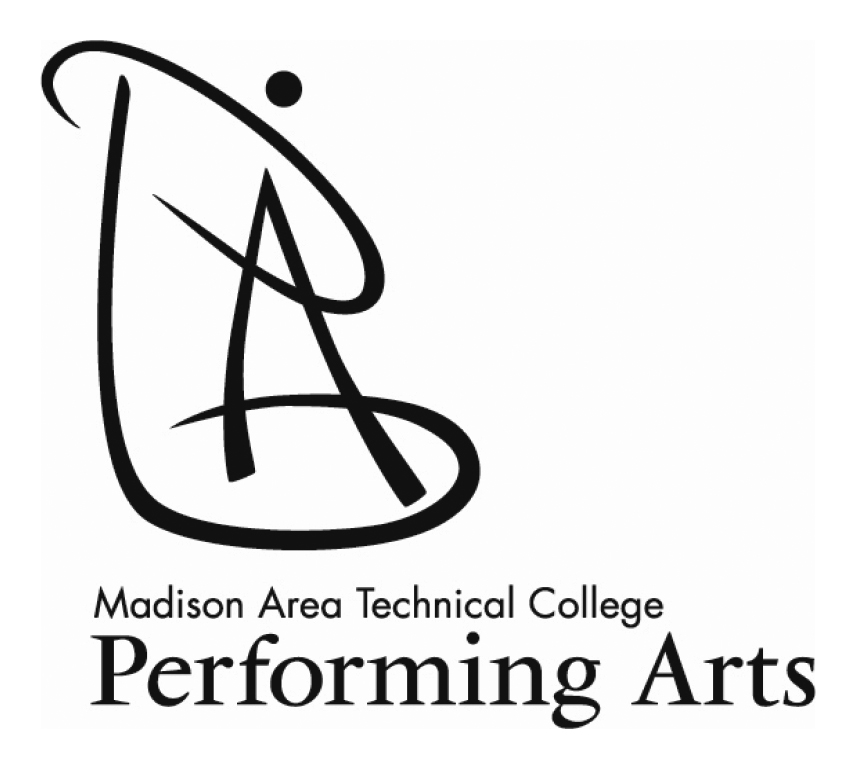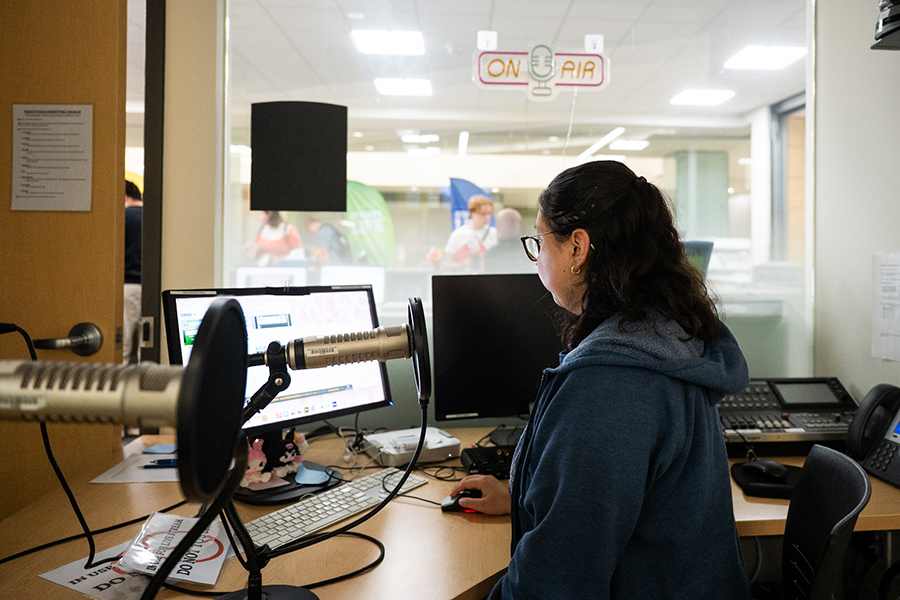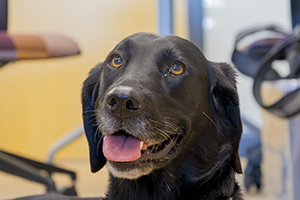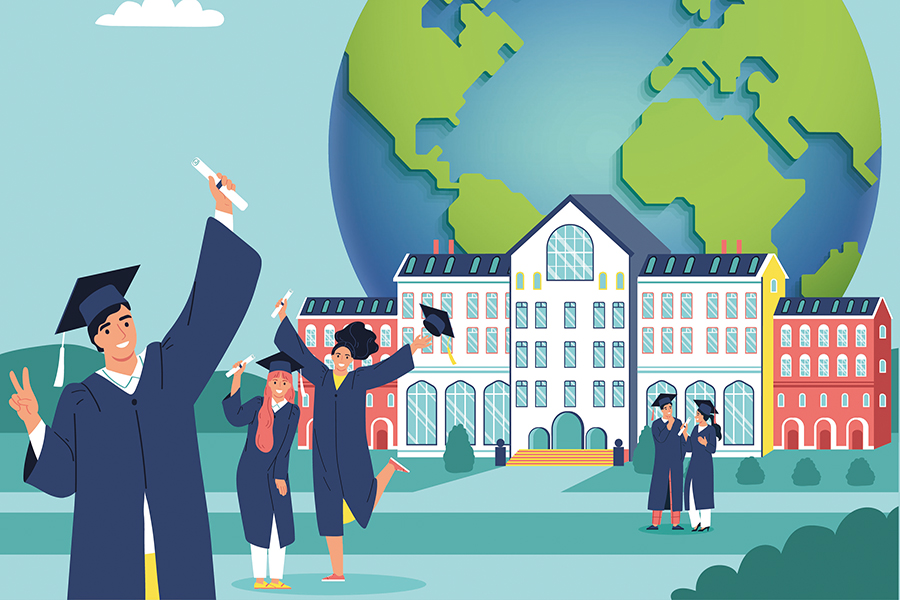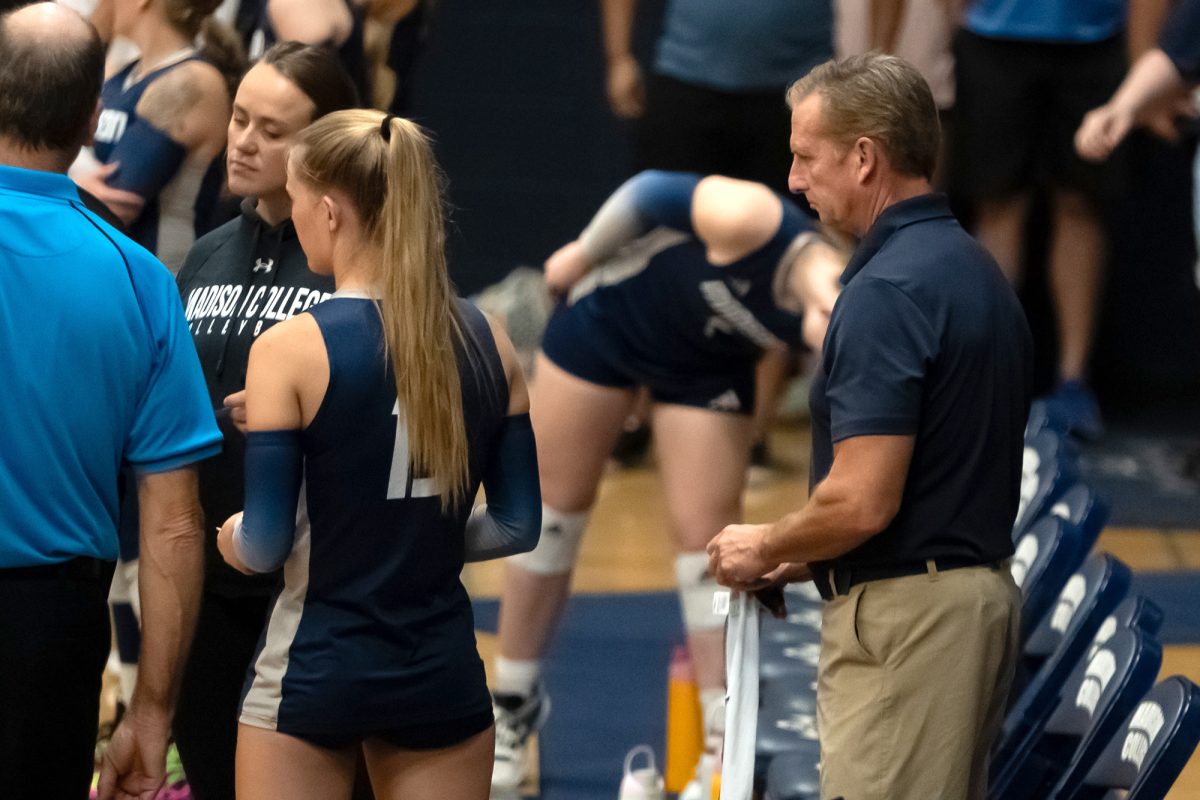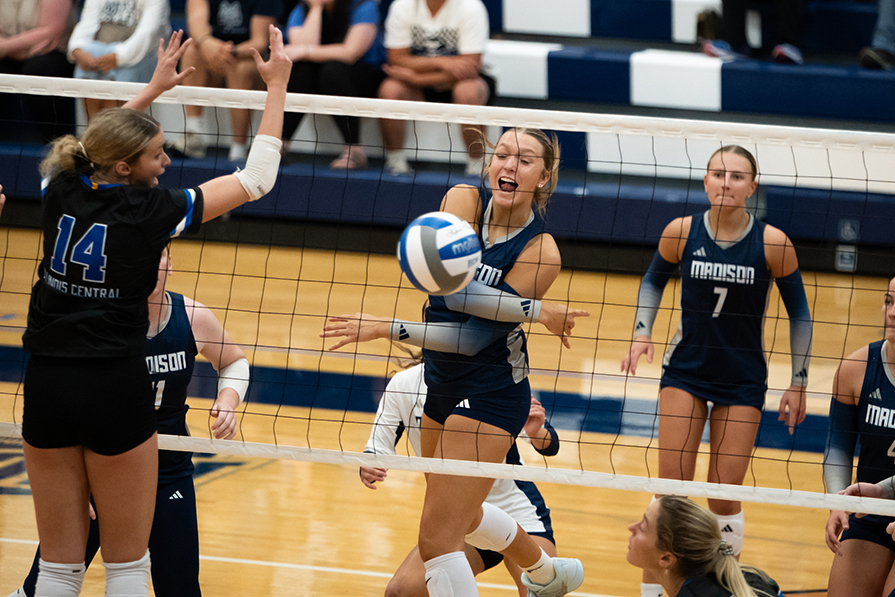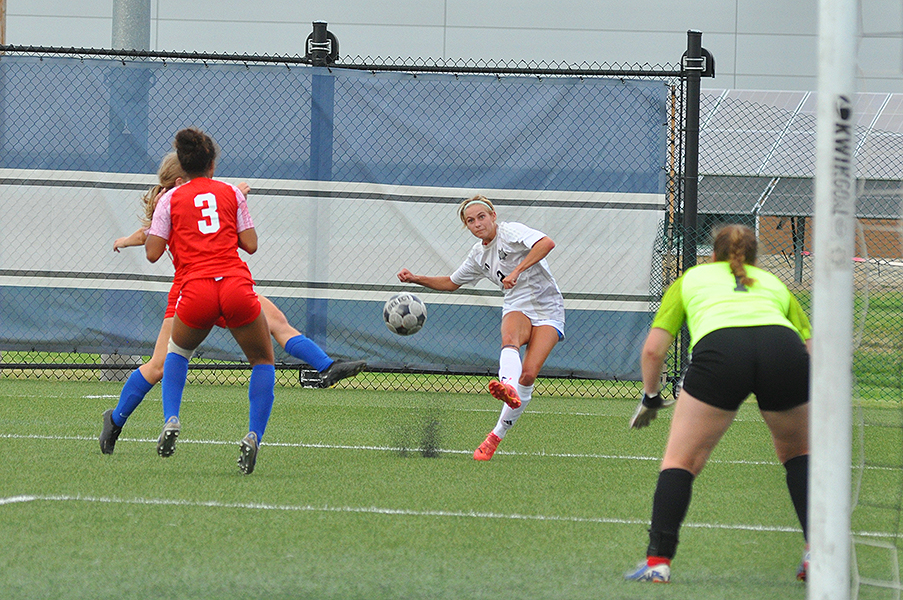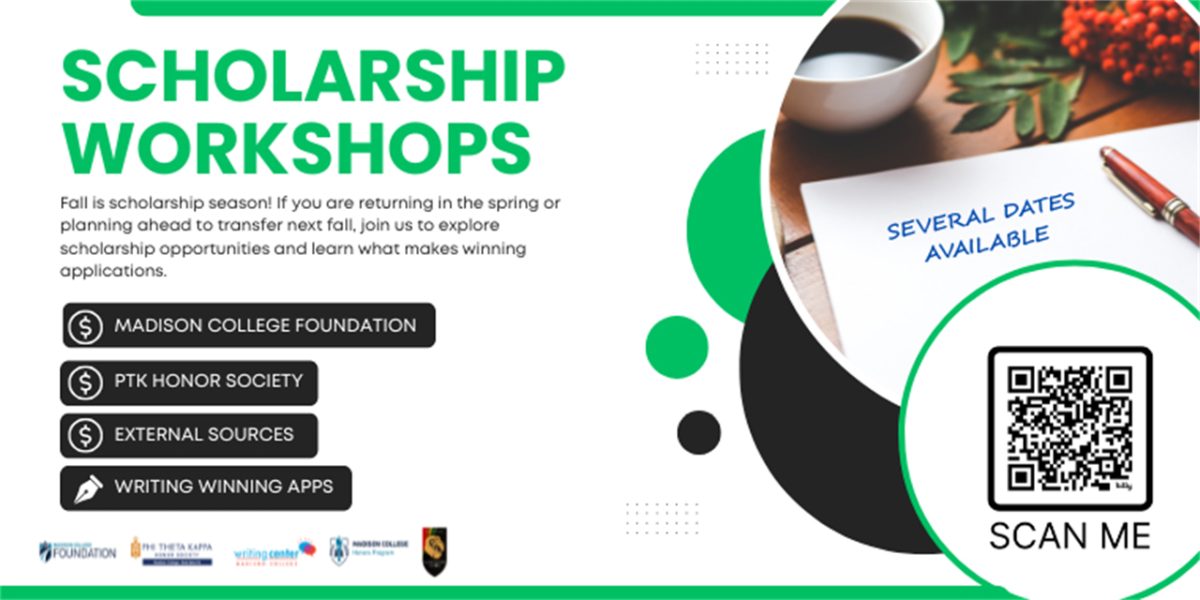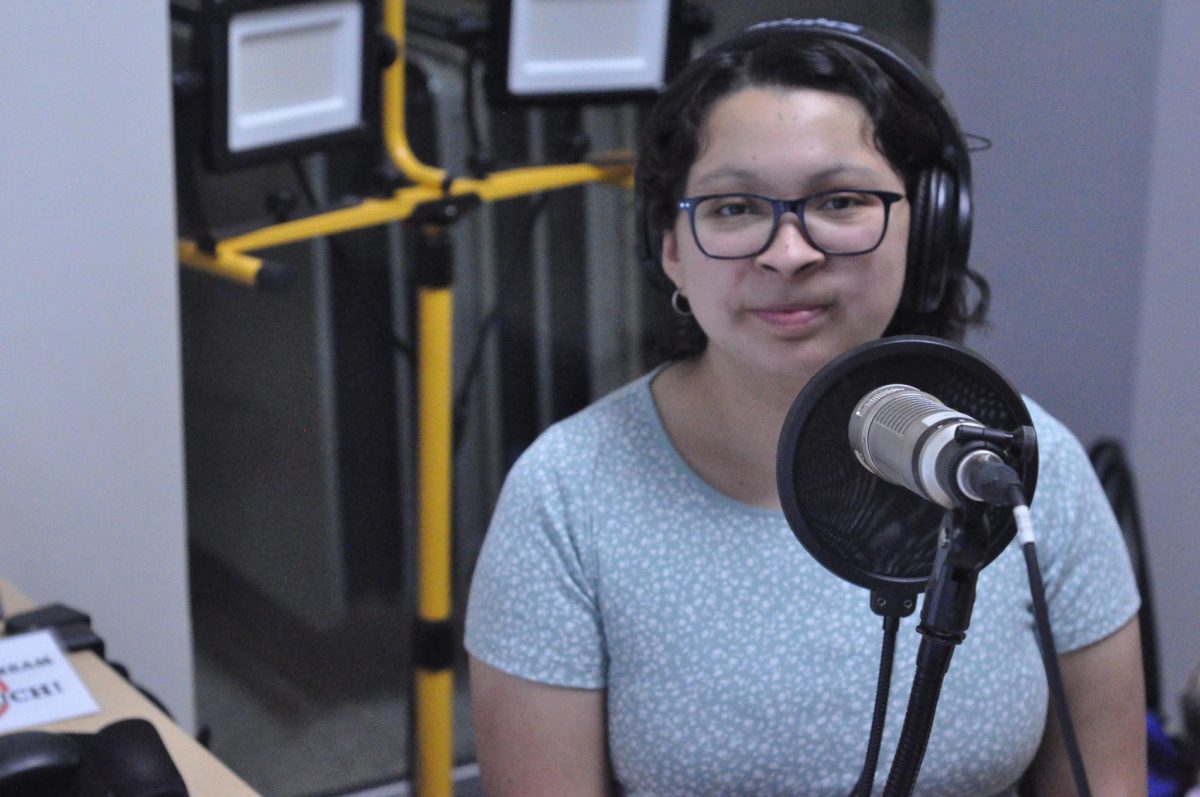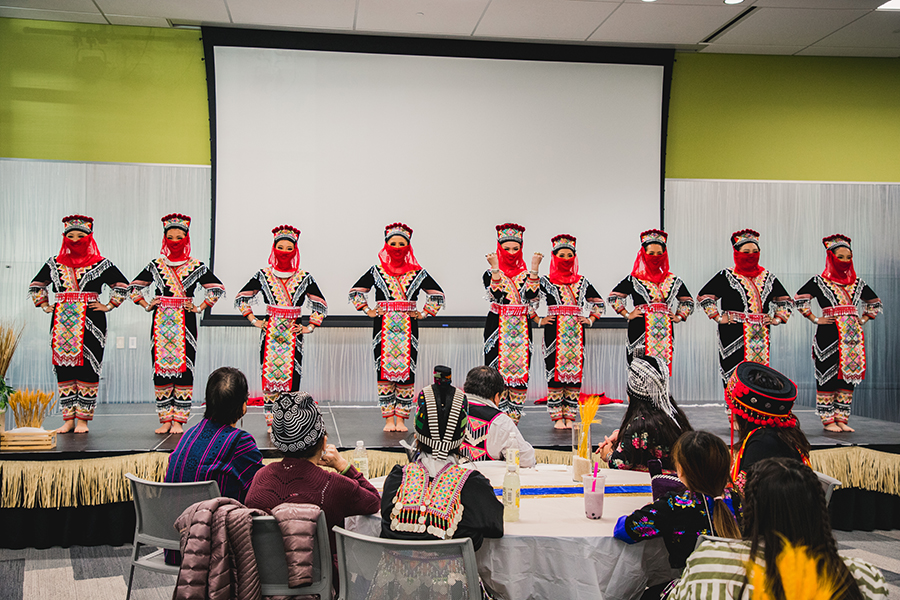Welcome the Hmong community of Wisconsin and learn what it means to be Hmong through their passions. Hosted by the Asian American Student Association (AASA), the Hmong New Year celebration takes place Saturday, Dec. 2, from 12 p.m. to 4 p.m. at the Truax Campus Gateway.
Learn about the Hmong New Year through spoken words, music and dance from Hmong performers. Enjoy cultural foods and art made by the Hmong artists. Meet and chat with Wisconsin’s dedicated Hmong community.
“This is a wonderful opportunity to celebrate our community and culture. During this type of the season, a lot of New Year’s is happening,” said Masaya Xiong, Hmong & Southeast Asians community liaison. “In the home, as a community or even in different educational settings—it’s been celebrated across the board, nationally and internationally.”
Masaya Xiong says there’s a vested interest in bringing a lot of non-Hmong folks to the festival as an educational opportunity to see the Hmong culture and immerse themselves.
Along with food vendors and community organizations geared towards Hmong families and the general public, the showcase will offer the following:
• Merchandise includes Hmong-inspired T-shirts, keychains and mugs.
• Hmong-owned Naly’s Flower Shop will provide a bouquet activity where participants take home a bouquet (limited supplies).
• Southeast Asian Healing Center will offer embroidery activities.
• Madison College Stem Center ambassadors will lead 3-D printing activities.
• The first Madison College Hmong exhibit will be presented in the gallery.
In addition to group dances and religious and cultural performances, there will be a wide range of performances, including:
• Performers singing modern, pop and country songs.
• Demonstrating the Qeej, a Bamboo instrument, played during various Hmong community ceremonies.
• Kwv Txhiaj is poetic singing with themes of romance and friendship.
“I see it as a time of celebration. I just love being in the community with my people. Just laugh. Just have a good time. That is how I see it—as a point to me and my family,” Masaya said.
Madison College student Anthony Xiong explains that the new year was invented because the Hmong come from a nation where most only know agriculture and harvest and where every day requires work in the field. The new year was a way for them to break away from that.
“The New Year embodies our spirit as Hmong people,” said Anthony Xiong, a liberal arts transfer student.
He explains that in the United States, it’s different because the Hmong have changed from agriculture work to economics in the workforce. “I think we still embody the same spirit where everyone is still working every day, and we don’t really get the chance to connect with our family. So this time a year is a time that we can all return to our family members, our friends and our loved ones,” he said.
Both organizers hope the event inspires Madison College students to learn more.
From a student perspective, Anthony Xiong sees Hmong students nowadays and feels they’ve lost a good amount of themselves just being integrated into the United States.
“If we can get more students involved and more people engaged, we can set up programs that help people get more interested in just the culture itself,” he said.
Anthony Xiong comes across many Hmong who understand their last name is associated with being Hmong, but some need to learn how deep that last name goes and how much the community has to show for themselves.
”I think it’ll be a good eye-opener for a lot of people who probably don’t know about their own ethnicity,” Anthony Xiong said.
Masaya Xiong would like to see people coming in with an open mind, asking questions and learning the culture and arts. However, seeing Hmong and non-Hmong people celebrating is the biggest priority.
“We just want you to come and celebrate. We don’t want to talk about our traumas. We don’t want to talk about things we are still working on as a community,” she said.
Masaya Xiong loves seeing people connect face-to-face and sharing because it allows people to interact and connect.
“Bring the invisibility out. Make it visible. Ensure the community has access, and they can attend,” she said.

